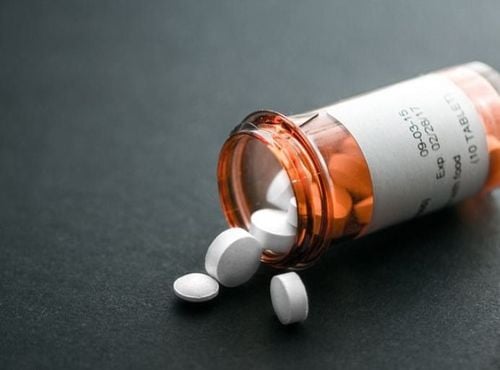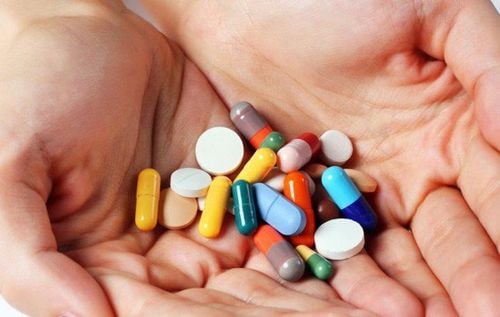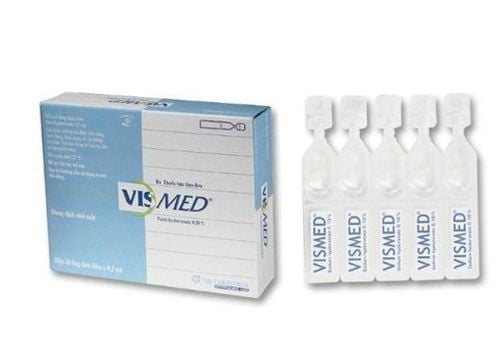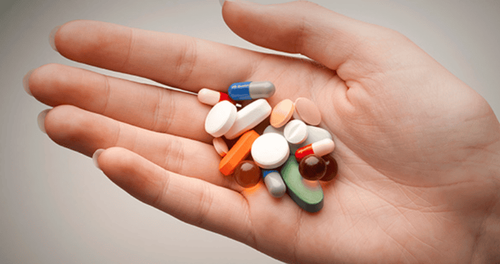This is an automatically translated article.
The article was professionally consulted by Pharmacist Huynh Xuan Loc - Faculty of Pharmacy - Vinmec Central Park International General Hospital.Drug interaction is the interaction between one drug and another, between a drug and the physiological or pathological condition of the body, and the food used. In fact, some drug interactions are not serious that can be resolved by changing the way of taking, but there are some dangerous drug interactions that can cause bleeding, blood clots that are dangerous for the patient.
1. What are drug interactions?
Drug interactions are interactions between one drug and another, between a drug and a physiological or pathological state of the body, and possibly also with certain foods they take. The results of drug interactions make drugs increase or decrease the therapeutic effect, or give rise to some unwanted effects that are detrimental to the patient.2. Common drug interactions?
Interactions can occur at any stage of the drug's entry into the body, from when the drug is absorbed, distributed, metabolized, acted upon, and eliminated. There are 3 common types of drug interactions:
2.1. Drug-Drug Interactions Can occur when a patient takes two or more drugs and there is an interaction between them. This type of drug interaction can increase the activity and effect of the drug, but it can also reduce the therapeutic effect. For example, taking drugs with sleep-inducing effects (sedatives, antihistamines) will increase the drowsiness effect, while taking antibiotics such as Ciprofloxacin, Levofloxacin with supplements containing metal ions such as iron, calcium will cause drowsiness. reduce the absorption, reduce the effect of antibiotics. In addition, drugs also interact with each other causing unwanted effects, harmful to the body. For example, taking the antiemetic drug domperidone with antibiotics such as clarithromycin increases the risk of cardiac arrhythmias and more seriously can cause sudden cardiovascular death.
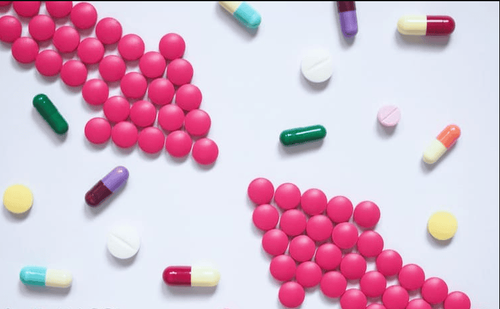
Tương tác thuốc do người bệnh sử dụng nhiều loại thuốc cùng nhau
2.2. Food-drug interactions Can occur when drugs are taken with certain foods, drinks, fruits or functional foods. Common is the interaction between alcoholic beverages such as beer, wine and some antibiotics such as metronidazole, tinidazole causing abdominal pain, nausea, vomiting and facial flushing. Grapefruit juice also has many adverse interactions with drugs such as increasing the concentration of Colchicine - a pain reliever, anti-inflammatory in gout - leading to drug poisoning.
2.3. Drug interaction - patient's health is an interaction between a drug and the patient's pathological and physiological condition, especially chronic diseases such as hypertension, diabetes, liver failure, kidney failure. ... cause harmful side effects. For example, long-term use of vitamin C effervescent tablets for elderly people with hypertension increases sodium absorption, making it difficult to control blood pressure and reduce the effectiveness of treatment.
3. Dangerous drug interactions
Some non-serious drug interactions can be resolved by changing the route of administration, timing of administration such as some antibiotics 2 hours apart from probiotics, or distance from supplements containing metal ions (iron). , calcium, zinc ...). Some are very dangerous such as anticoagulant drugs such as Warfarin, Acenocoumarol interact with many different drugs or cause bleeding or blood clot formation which is dangerous for the patient.
Elderly people, taking many drugs to treat different diseases are at high risk of experiencing drug interactions. Table 1 lists some potentially dangerous drug interactions that should be watched for in the elderly.

Thời điểm dùng thuốc có thể giải quyết được tình trạng tương tác thuốc
4. What are the symptoms of drug interactions?
There is no single, generalized symptom for drug interactions. There are interactions that cause immediate harmful side effects such as vomiting, dizziness, abdominal pain ... but there are also silent, prolonged interactions that change the effectiveness of treatment. Some interactions are hidden and can only be discovered through pre-exploitation of the patient's use of traditional medicines, herbs or supplements.
The person who knows best about drug interactions is the doctor or pharmacist, who examines, treats and reviews the patient's prescription. Therefore, the patient needs to tell the doctor or pharmacist about the drugs and functional foods, minerals or other traditional medicines, herbal medicines ... that the patient is taking. When patients have concerns or do not understand clearly about the drug, the patient can ask the treating doctor or pharmacist to ensure the safety and effectiveness of the drug.
5. How to deal with drug interactions?
Drug interactions are not easily recognized; Usually, the doctor or pharmacist after fully assessing the patient's symptoms, pathology, prescription and accompanying foods can make a conclusion. Therefore, patients often do not know what kind of interaction they are experiencing, with what drugs or with what foods they are taking.
However, patients may notice unusual changes or symptoms when taking the drug such as fatigue, nausea, abdominal pain, heart palpitations, rash... It is the result of a drug interaction, but it can also be caused by a drug allergy or a side effect of a drug. Therefore, when experiencing these abnormal symptoms, the patient should contact a doctor or pharmacist, or can go to a medical facility to check and monitor.
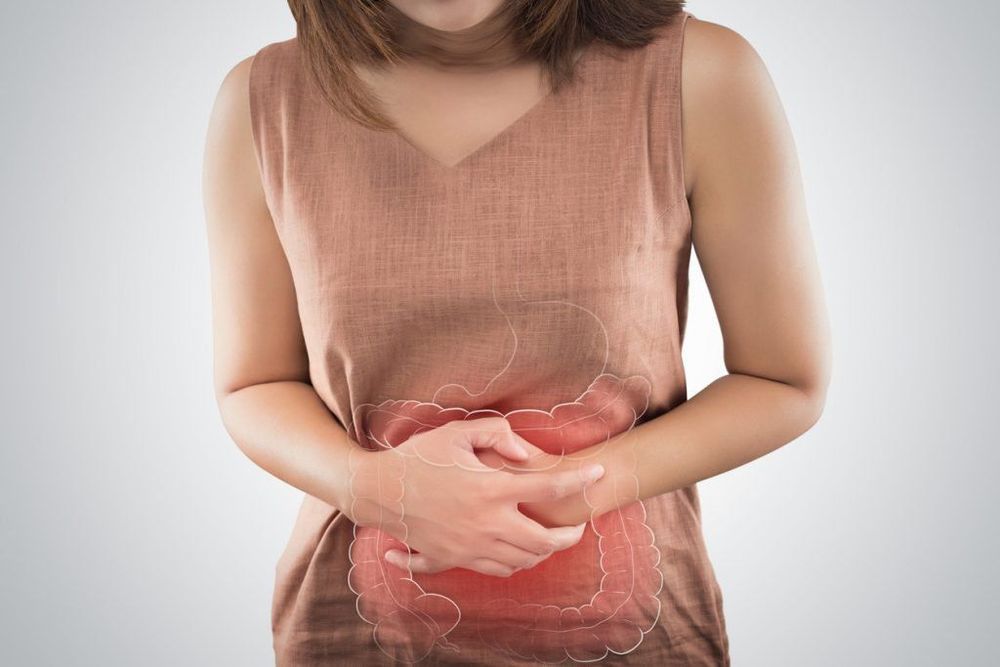
Tình trạng đau bụng có thể xảy ra khi gặp tương tác thuốc
Vinmec International General Hospital is one of the hospitals that not only ensures professional quality with a team of leading doctors and nurses, has a full system of modern technology and equipment, but also stands out for its outstanding service. comprehensive and professional medical examination, consultation and treatment; civilized, polite, safe and sterile medical examination and treatment space, ensuring examination and treatment procedures.
Customers can directly go to Vinmec Health system nationwide to visit or contact the hotline here for support.




